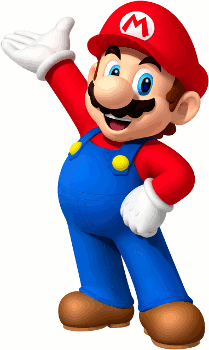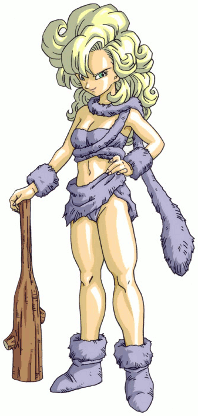Gamers occasionally cry foul on non-interactive cutscenes, saying that developers are emulating movies instead of synthesizing stories with the unique qualities of games. Whether a player likes non-interactivity is a matter of taste. I’m here to question a matter of fact: whether movies are the closest comparison point. I could weigh this out for most game genres—even first-person shooters borrow ideas from cinematography—but I’ll stick to RPGs because they use the same easy-to-reference measure of length that screenplays and novels do: word count.
Movies usually have to fit into two and a half hours, so they need to make the best of every minute. Dialogue stays brief; action moves quickly; camera shots linger long enough but not a moment longer. This is part of the reason that directors typically cut novel content when translating written words onto the big screen. Novels have a certain leeway for wordiness because people have varying reading speeds, but quality movies, like poems, waste no motion. With that in mind, I pasted ten RPG scripts into Microsoft Word for length comparisons and here’s what I found:
- Final Fantasy IV (1991): ~24,000 words
- Secret of Mana (1993): ~14,000 words
- Final Fantasy VI Advance (original game 1994): ~25,000 words
- EarthBound (1995): ~16,000 words
- Final Fantasy Tactics (1998): ~39,000 words
- Final Fantasy X (2001): ~43,000 words
- Star Ocean: Till the End of Time (2004): ~78,000 words
- Final Fantasy XII (2006): ~52,000 words
- Tales of the Abyss skits (2006): ~60,000 words (this is only the optional dialogue!)
- The World Ends With You (2008): ~69,000 words (not counting Another Day but counting other optional party dialogue)
Some fairly recent RPGs double or triple the amount of spoken dialogue over the RPGs of yesteryear. The limited amount of space on Super Nintendo cartridges served the same role as run time does for movies, forcing the story to stay snappy, but discs buried that issue so that RPG stories could let it all hang out. This isn’t a guaranteed positive and can allow for the bad kind of fluff and filler to settle in, but it also allows for worlds where not every character is a quick-witted, cut-to-the-chase speaker who delivers lightning-paced lines in high tempo. Less isn’t always more.
Recent RPG stories have longer build, allowing themselves time for more scenes in which “nothing happens” in the sense that characters have subtle emotional shifts but don’t take physical actions to advance the story. Old-school RPGs use swifter action-oriented structures that don’t tolerate delays between plot points. Neither is inherently better nor worse, but the approaches remain different—and as counterintuitive as it may sound, old-school RPGs might have more in common with movies than modern RPGs do.
Just something to think about.


 smaller.png)


